Samsung's next flagship is a bit of a paradox, a thinner phone that still needs a bigger camera bump. Recent leaks suggest the Galaxy S26 Ultra will carry a noticeably larger front-facing camera cutout, and the reasons behind it show the tradeoffs Samsung is making.
The upcoming device is a balancing act between form and function. Samsung plans to slim the S26 Ultra from 8.2 mm to 7.9 mm, according to SamMobile. That shave sounds small. In phone design, it is not.
At the same time, the company is pushing aperture upgrades, moving the main camera from F/1.7 to F/1.4 for a 47% boost in light intake, reports Notebookcheck. A slimmer body and a brighter lens, two goals pulling in opposite directions, have forced design compromises that hint at an industry mood shift where optics outrun minimalism.
What makes it telling is Samsung's willingness to ditch design habits it refined for years. The return of a camera island and a larger front cutout signals a belief that users will pick photos over seamless lines. A fair bet, and one that could ripple through the flagship market.
Why the camera bump had to make a comeback
The Galaxy S26 Ultra's camera stack shows the hard physics of smartphone optics. Trim the body by 0.3 mm, and the existing camera hardware sticks out even more, as noted by SamMobile. Then, there is what is happening inside the lens.
The primary sensor's F/1.4 aperture needs extra optical depth, adding about 1 mm to the camera's thickness, according to SamMobile. Combine a thinner body with a thicker lens assembly, and the main camera would extend roughly 3.7 mm beyond the phone, up from the Galaxy S25 Ultra's 2.4 mm protrusion, reports SamMobile. No free lunch.
Individual lenses jutting out that far would be both awkward and easy to snag. Samsung's fix returns to a unified camera island that houses all rear sensors in one module, as detailed by Sammy Guru. Think of how Apple treats the iPhone Pro camera block, turning necessity into visual identity.
This shift also frames Samsung's stance against Chinese rivals like Xiaomi and Oppo, which have leaned into larger 1-inch sensors. Instead of matching sensor size, Samsung is pushing aperture gains and software optimization, a cheaper path that still brings real low-light benefits without the thermal and battery costs of massive sensors.
The front camera gets supersized for good reason
The rear camera will grab the headlines. Still, that bigger front cutout marks a philosophical turn. Samsung seems done chasing an invisible selfie camera on this device, opting for a larger display hole that prioritizes performance over subtlety, according to Phone Arena.
It fits the wider strategy. The S26 Ultra will use a 12 MP Sony IMX874 front sensor, according to SamMobile. The larger cutout hints at room for extra optics or stabilization that previous designs simply could not fit. A little space buys a lot of quality.
Samsung has been refining lens production, including inkjet printing anti-ghosting layers between lens elements, reports Notebookcheck. Upgrades like that can lift front camera performance, but they do not come free in terms of volume.
Timing matters here, too. Under-display camera tech still hurts image quality for a device that wants to be a photo champ. By embracing a visible cutout, Samsung avoids the haze and softness that haunt hidden sensors.
What this means for the overall camera experience
Samsung's aperture-first strategy does not stop at the main sensor. The 5x periscope telephoto is moving to F/2.9 for roughly 38% brighter shots, according to Notebookcheck. The message is clear: better low light across the board instead of chasing megapixel headlines.
The sensor lineup should look familiar to S25 Ultra owners: a 200 MP main using the ISOCELL HP2, a 50 MP ultra-wide, and a 50 MP 5x periscope telephoto, reports SamMobile. The 3x telephoto is set to be replaced with a different 12 MP sensor, potentially the ISOCELL 3LD S5K3LD.
Faster apertures over bigger sensors is a pragmatic play. While 1-inch sensors make for great spec sheet drama, an F/1.4 main and F/2.9 telephoto pay off where people actually shoot, dinner spots with moody lighting, concerts with fast movement, and family rooms at night.
Software will ride shotgun. Expect APV video mode for 3D stereoscopic recording. That gives the S26 Ultra a foothold in new content styles tied to VR and AR.
The bigger picture: design compromises in flagship phones
The S26 Ultra's design evolution shows a market moving past thin at all costs. Samsung's willingness to accept larger camera elements and a unified island reflects changing buyer priorities, where camera prowess often separates top phones.
There are practical perks, too. A unified island steadies the phone on a desk, cutting the wobble you get from isolated, uneven lenses, as explained by Samsung Magazine. Handy when tapping out a message or framing a timer photo.
This approach also answers the iPhone Pro series, which has normalized prominent camera islands as premium signals, not necessary evils. By leaning into that look, Samsung implies that a big camera means big capability.
The constraints here say something simple about physics. Materials get lighter, manufacturing gets smarter, but quality optics still need space. Rather than fight that, Samsung is choosing to work within it and squeeze out every bit of performance.
The S26 Ultra is expected in early 2026, with a possible slip past the usual January window and February 25 mentioned as a potential announcement date, according to SamMobile. When it lands, the device will read as Samsung's clearest statement that camera performance justifies design tradeoffs.
For photography fans, that should mean better shots in everyday scenes. For design purists, it may feel like the final goodbye to the ultra-thin ideal, function taking the front seat.







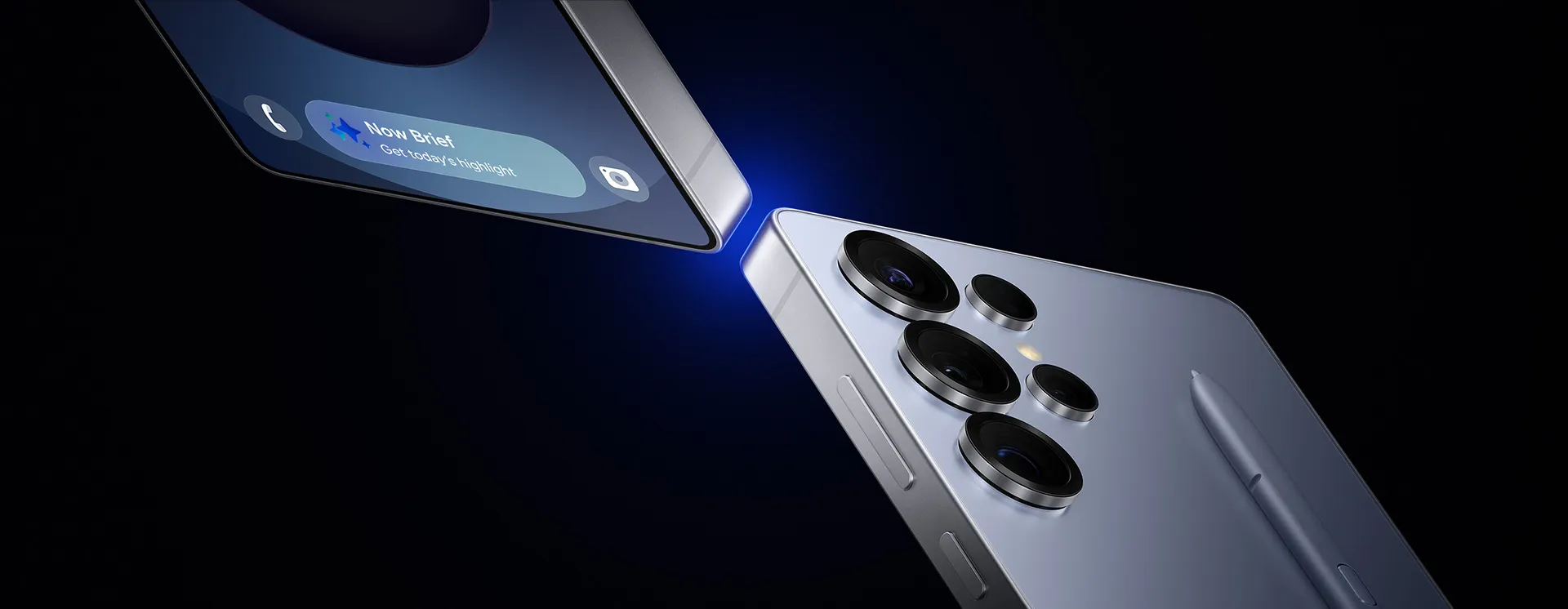
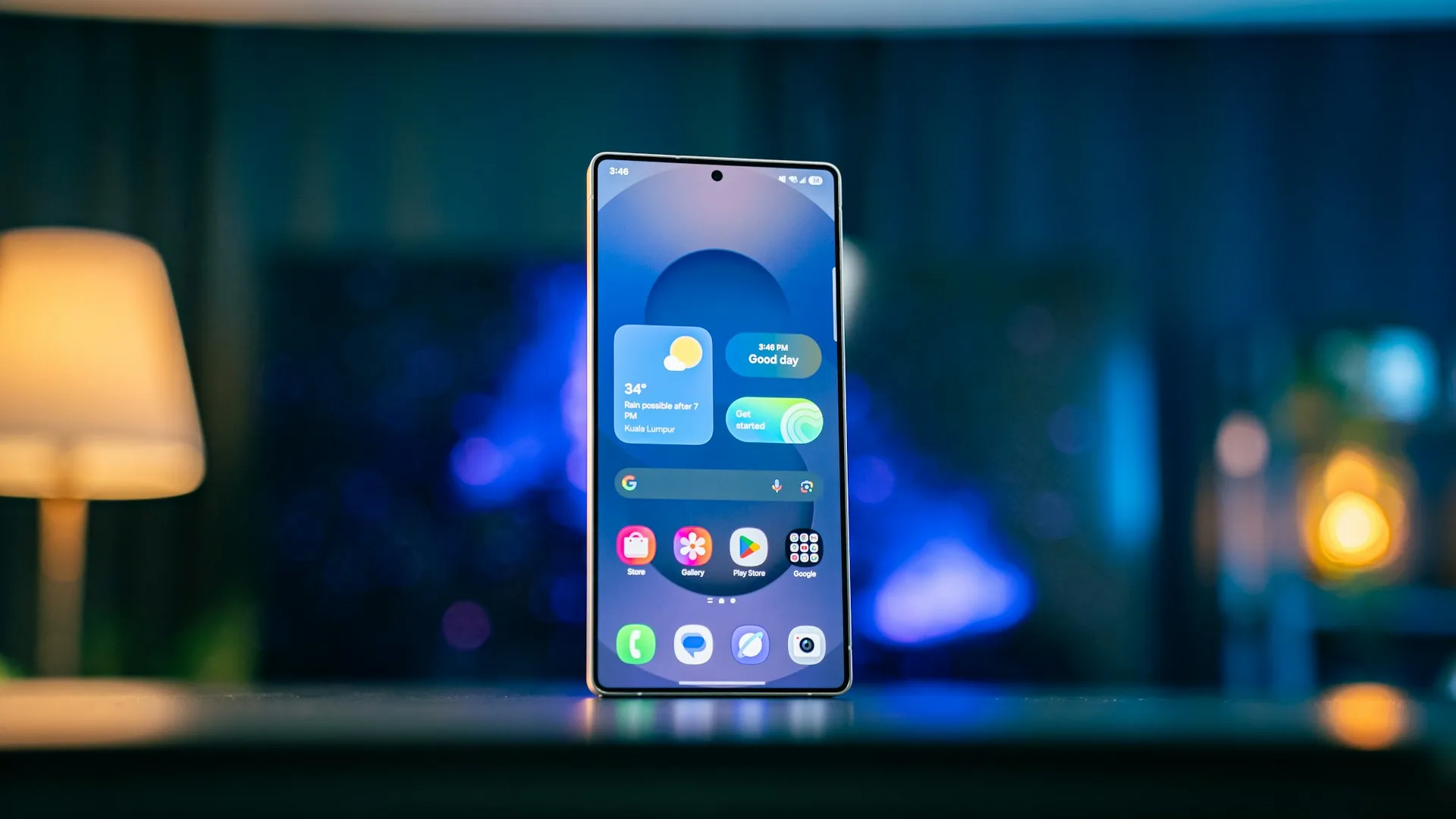
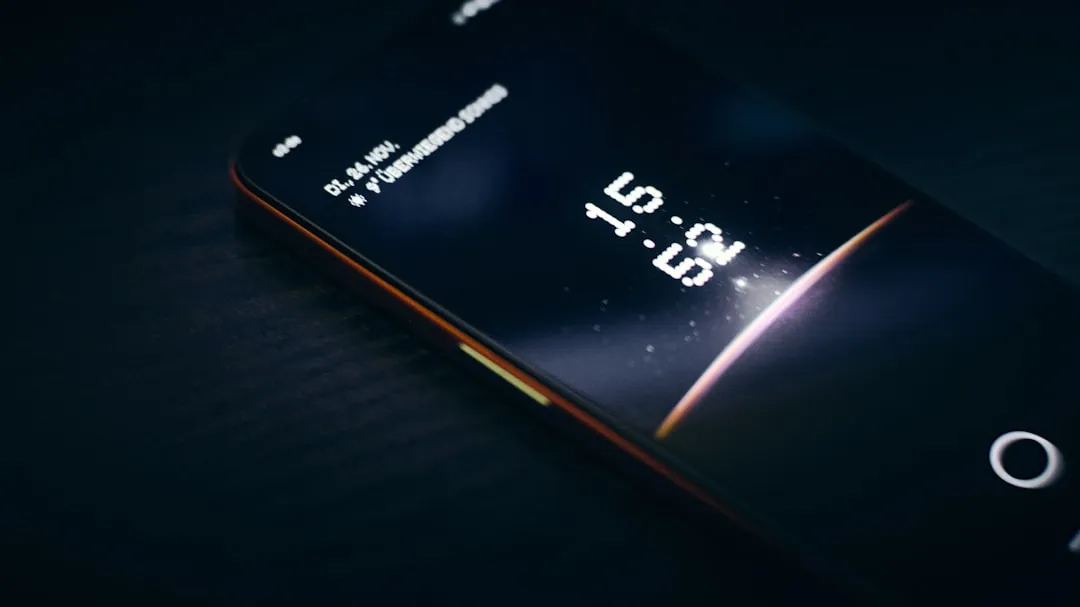
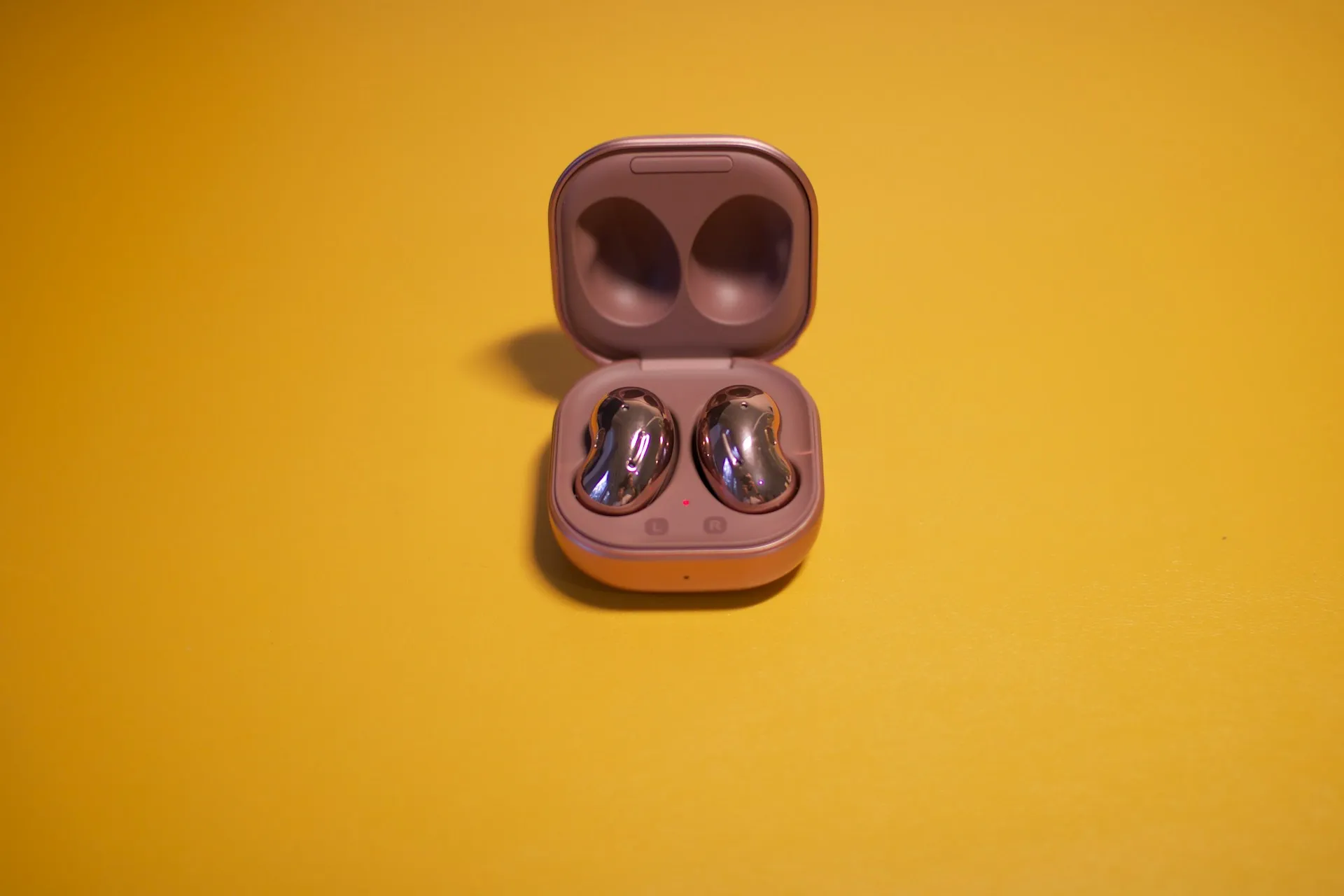


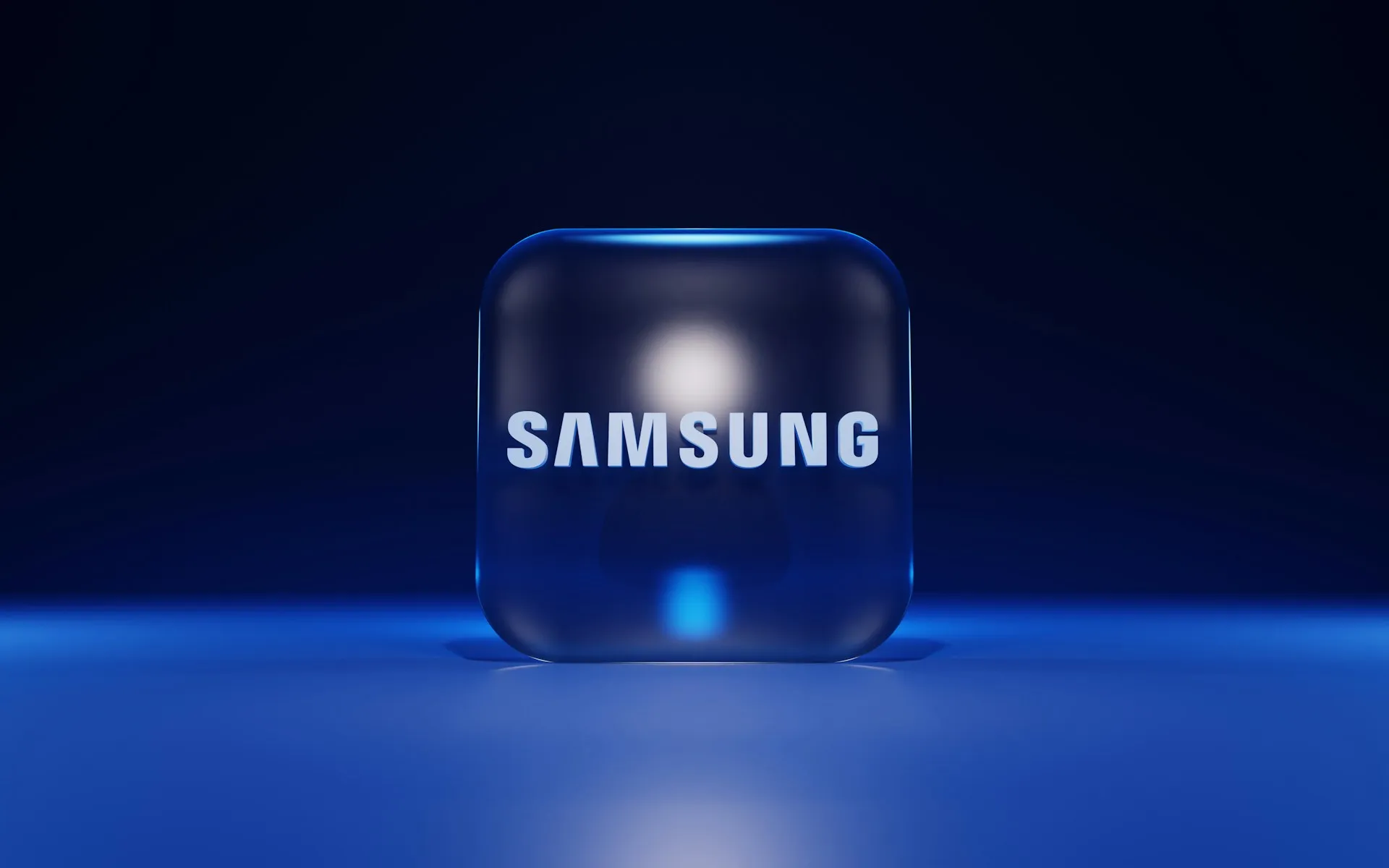
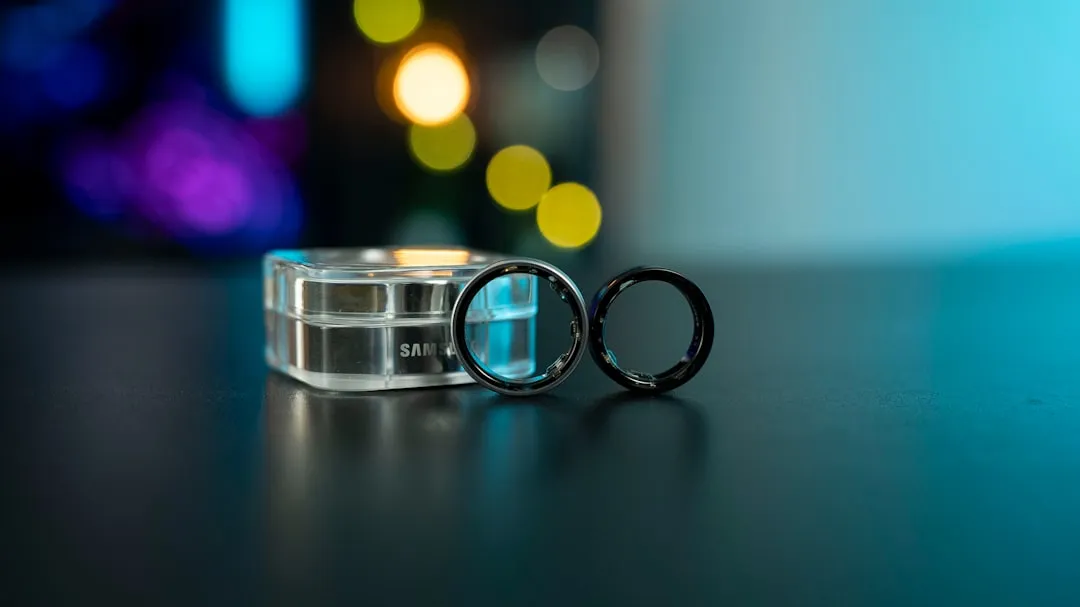


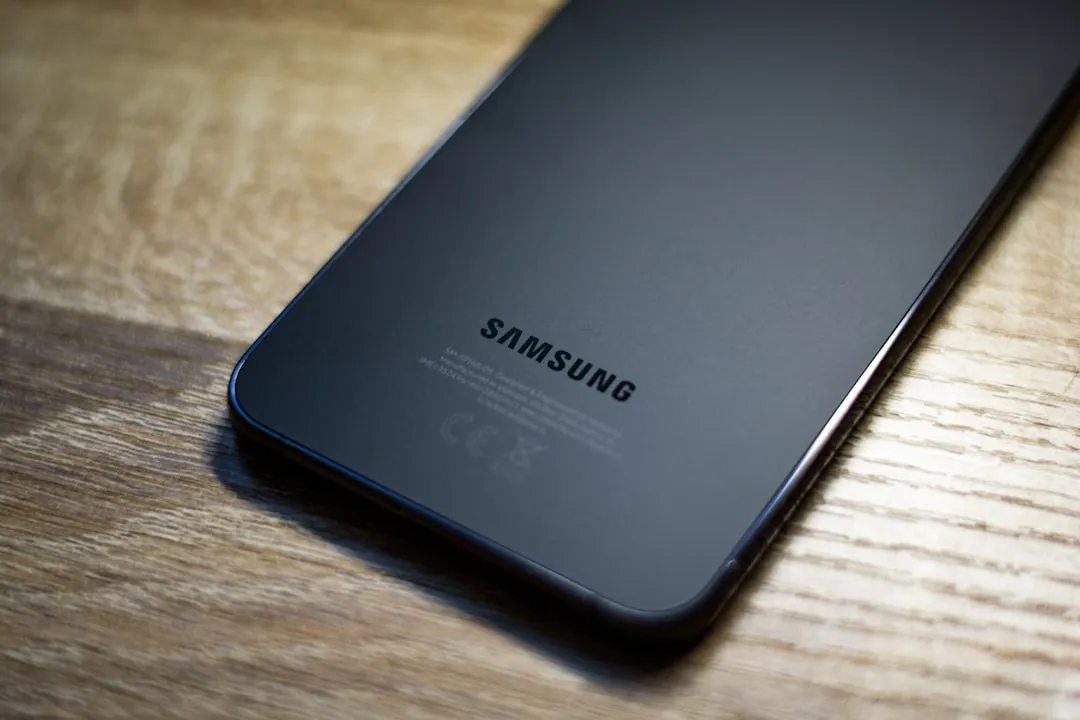


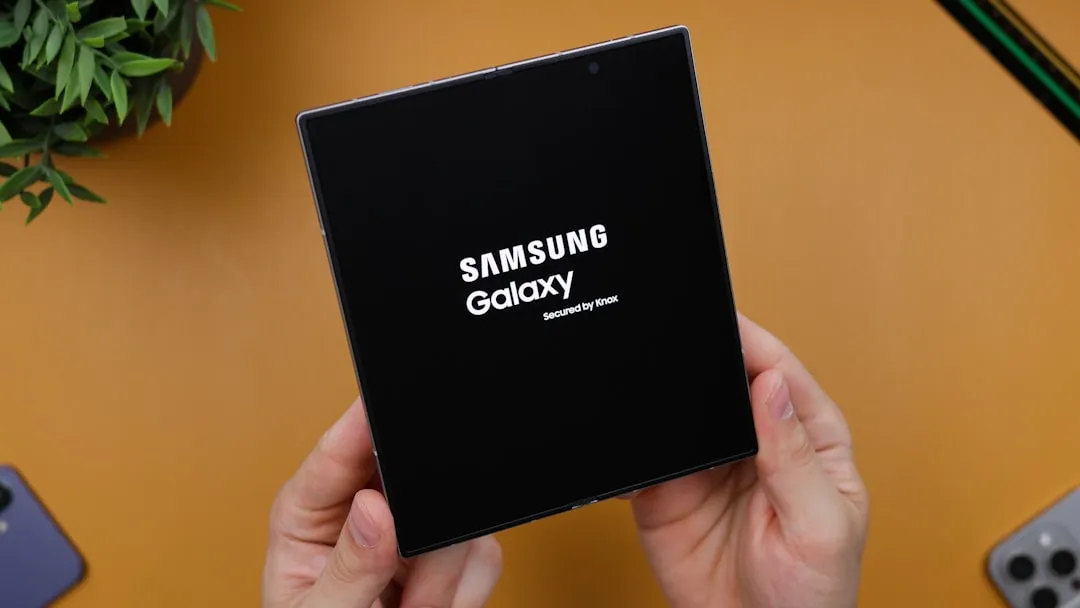


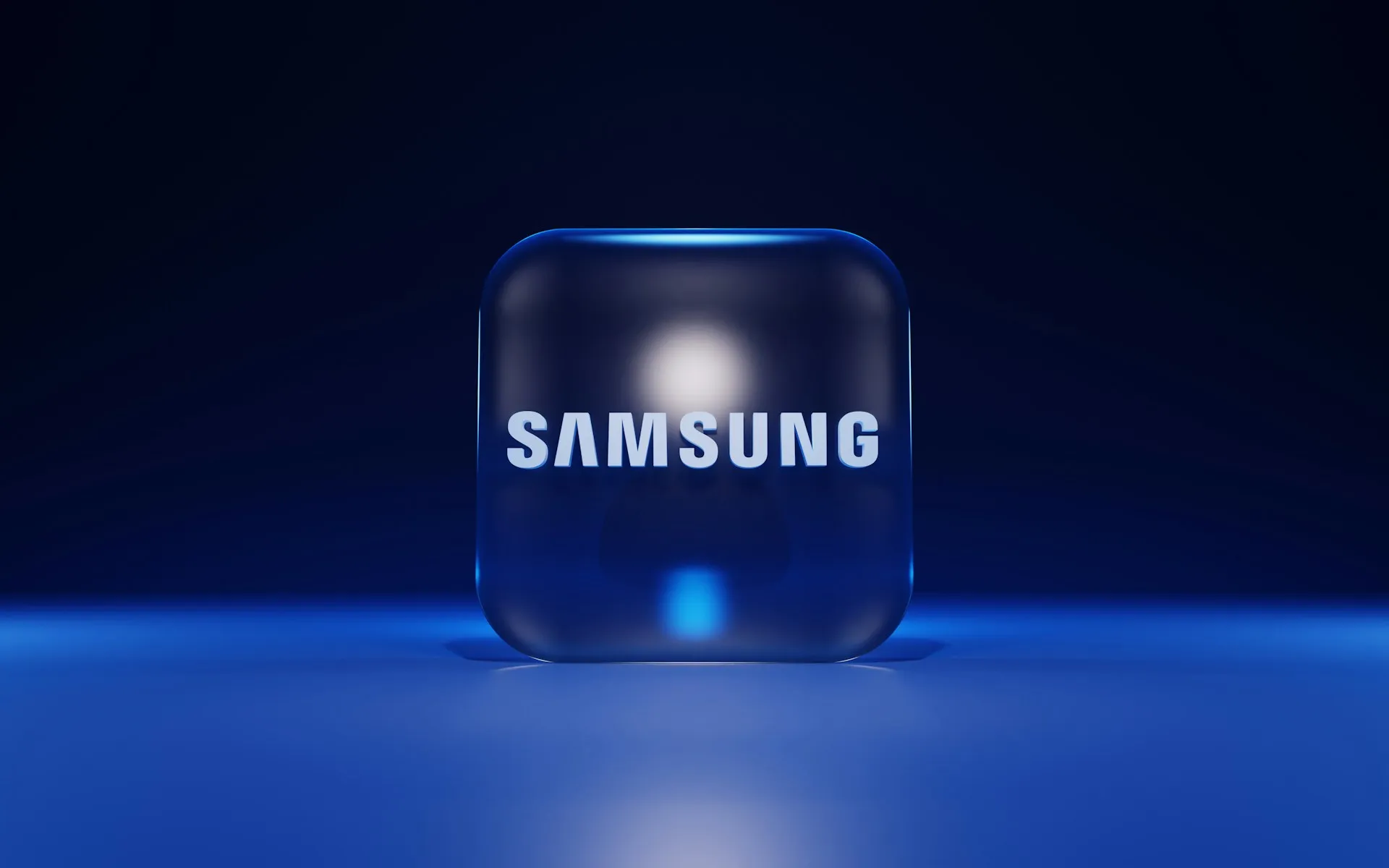


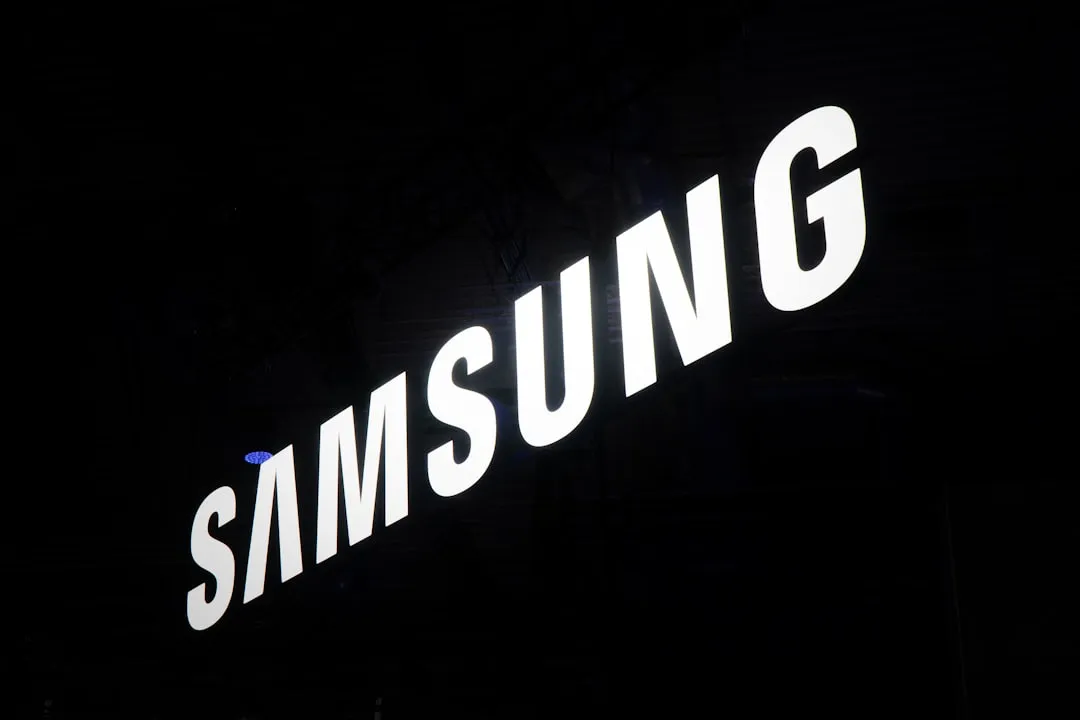
Comments
Be the first, drop a comment!